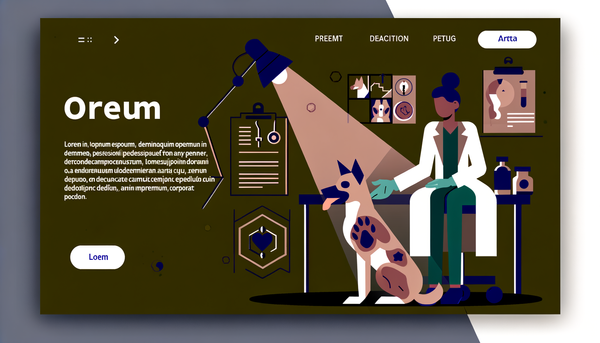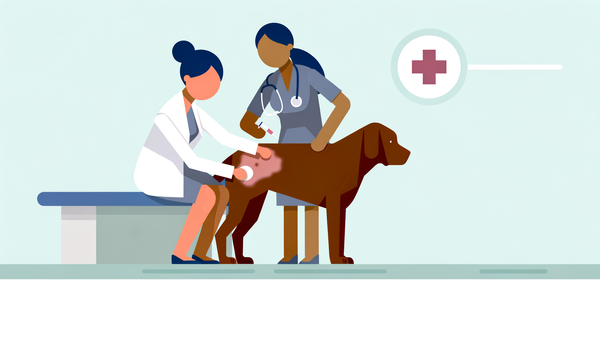What Are the Common Skin Disorders in Animals and How Can They Be Treated?

As pet owners, we may occasionally notice our furry friends scratching more than usual or notice some form of skin irritation. Here's what you should know about common skin disorders in animals and how they can be treated effectively:
Common Skin Disorders in Animals
Skin disorders are a broad category of symptoms seen in animals that can arise due to a variety of reasons. According to the MSD Veterinary Manual, the most common dermatologic issues include:
- Pruritus (itching)
- Alopecia (hair loss)
- Scaling and Crusting
- Nodules or Tumors
- Odor
- Otitis (ear infections)
- Erosions and Ulcerations
- Nonhealing Wounds
Each of these conditions may present uniquely across different species, such as cats experiencing specific reaction patterns like feline symmetrical alopecia or miliary dermatitis.
Diagnosing Skin Disorders
A precise diagnosis involves a detailed history, clinical examination, and possibly diagnostic tests. Skin diseases often appear similar but can differ vastly in cause and treatment approach. This is why working through diagnostic flowcharts helps veterinarians make accurate diagnoses.
Treatment Options
Topical Treatments
Topical treatments are commonly effective for many skin conditions and can include:
- Medicated Shampoos: Ensure the pet's coat is clean before application. The shampoo should be diluted with water for safety and allowed to sit on the skin for about 10 minutes before rinsing thoroughly, as prolonged contact time is necessary for efficacy.
- Antibiotic Ointments and Corticosteroids: Applied directly to target areas while preventing the pet from licking them off excessively.
Systemic Treatments
Some conditions might require oral or injectable medications, like:
- Antibiotics
- Antifungals
- Antiparasitics
- Hormones and Anti-inflammatory Drugs
Systemic treatments are often utilized in tandem with topical applications to manage the disorder comprehensively.
Holistic Measures
Emphasize proper hydration, nutrition, and stress management as holistic approaches to supporting skin health. Working closely with a veterinarian ensures the most comprehensive care.
Skin issues in pets can vary from mild irritations to severe conditions. Always consult your vet if you notice any signs of skin disorders to ensure your pet receives the most appropriate care.
Conclusion
In conclusion, awareness and proactive management are key to maintaining healthy skin in pets. Early intervention and collaborating with your veterinarian can lead to successful outcomes in treating skin disorders.
Further Reading: For more detailed information, you can check out the MSD Veterinary Manual's section on treating skin disorders in dogs.



